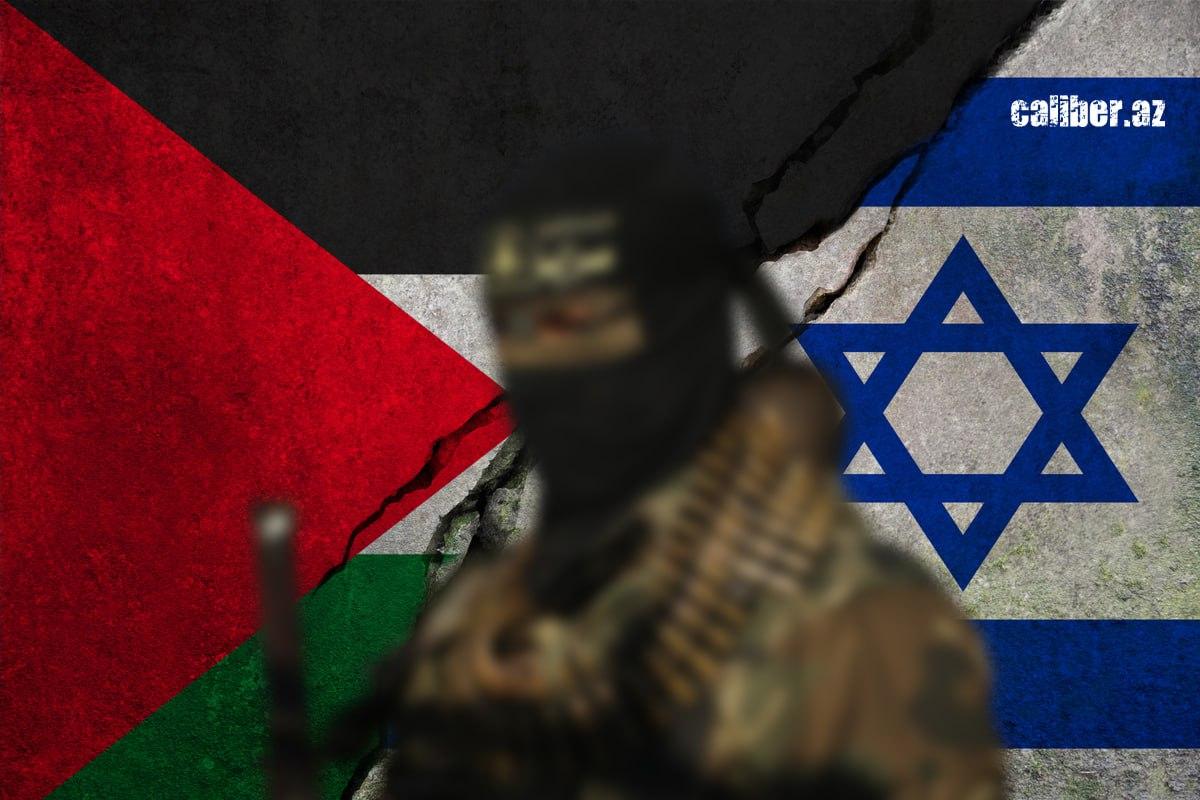Israel, Hamas strike deal under Trump’s influence What’s next?
The Israeli government ministers have approved a deal with Hamas, set to take effect on January 19, when the first three Israeli hostages will be released. This agreement could truly be termed "Trump's deal," as it is his pressure that likely brought it to fruition. The senile impotence of the Joe Biden administration seems to have provided a favourable backdrop, allowing the elected former president to take a more active role in these developments.
The military conflict in Gaza has continued almost without interruption since October 7, 2023. According to the Gaza Ministry of Health, over 45,000 residents of the region have been killed, including both civilians and Hamas militants. In Israel, Israeli sources report that 300 soldiers and 800 civilians were killed during the Hamas raid on October 7. Additionally, hundreds of Israeli soldiers were killed, and thousands were injured in Gaza. Talks about a deal that could halt the fighting in Gaza have been ongoing for some time, but each attempt has failed as both sides remained uncompromising. Although negotiations have periodically resumed, it seemed that any hopes for peace were gradually fading.
On January 16, a tweet from Trump appeared, announcing that the deal would go ahead. After that, it became difficult for both sides to back out. The elected U.S. president is known for his determination as well as his tendency to hold personal grudges. For Israeli Prime Minister Benjamin Netanyahu and Hamas leader in Gaza, Mohammed Sinwar, the question arose: what next? Rejecting a deal that had been reached—or was nearly reached (with some points still unresolved)—through U.S. mediation (with Egypt and Qatar also acting as intermediaries) would mean antagonizing Trump at the very start of his presidency.

It is also clear that, for Trump, the ceasefire agreement in Gaza holds immense significance. It is meant to showcase the strength of America’s new leadership, highlighting its activities at the start of the new administration, and to serve as a powerful public relations tool for Trump himself. Moreover, it aims to give momentum to his future initiatives, including a potential ceasefire agreement between Russia and Ukraine. Aligning with Trump in such a situation would earn the favour of the world’s most influential politician, while failing to secure the deal would not be forgiven. As a result, both sides signed the agreement, though only after a day of hesitation.
The deal consists of three main stages. The first phase, lasting 16 days, will see both sides cease fire and begin releasing hostages. In exchange for each Israeli, the Israeli government will release between 30 to 50 Palestinians held in captivity. Additionally, Israel will be required to withdraw troops from the so-called Netzarim corridor, which divides Gaza in half, easing movement for both Palestinian civilians and Hamas militants.
In the second phase, the exchange of prisoners and detainees will continue. Additionally, Israel will begin withdrawing troops from the Philadelphi Corridor, which separates Gaza from Egypt. This will allow Hamas to gain access to the Egyptian border and underground tunnels leading to the country, potentially creating conditions for a breach of the blockade (Israel has been blocking Gaza by sea, land, and air).
Finally, in the third phase, all hostages and prisoners will be released, and negotiations will begin for a comprehensive resolution of the conflict. Troops from Arab states that have established diplomatic relations with Israel may be deployed to Gaza to ensure the security of both the Gaza residents and Israelis, preventing further clashes between Israel and Hamas. A group of Arab states, including Egypt, Jordan, Saudi Arabia, and the UAE, is currently in negotiations on this matter.
However, there are no guarantees that the deal will be fully implemented and will proceed through all three phases.

Overall, the outcome of this confrontation seems to favour Hamas. After the October 7 raid, Israel officially set the goal of dismantling the military and political structure of the group. However, the agreement allows Hamas to retain control over Gaza despite significant losses.
Nevertheless, the military actions after October 7 involved multiple fronts. This was not only a war between Israel and Hamas but also between Israel and the entire pro-Iranian coalition (the Axis of Resistance). The Axis of Resistance included Hamas in Palestine, Hezbollah in Lebanon, the Assad regime in Syria, Iraqi Shiite militias, the Houthis in Yemen, and Iran itself. In this multi-front war, the overall outcome tilts in Israel’s favour.
Hezbollah suffered enormous losses, with its entire leadership being killed. The group was forced to withdraw from the war after negotiating a ceasefire with Israel long before the fighting between the IDF and Hamas ended (despite Hezbollah previously pledging not to do so until Israel withdrew its forces from Gaza and ceased fire upon it). Iraqi militias officially exited the war, refusing to carry out strikes on Israeli territory at this time. Iran, after exchanging missile strikes with Israel, lost a significant portion of its air defence systems, while there is no evidence that its ballistic missiles and drones inflicted serious damage on Israel. Most importantly, the central link of the Iranian Axis of Resistance—Syria—has been knocked out. As a result, Hezbollah found itself isolated in Lebanon, as the overland communications between Lebanon and Iran have been disrupted, and delivering aid to the group from Iran via air or sea is extremely risky due to Israeli opposition.
Some Iranian military officials and politicians acknowledge that Iran suffered a heavy defeat in Syria, which has undermined its ambitions in the Middle East. The country, which spent billions of dollars supporting its proxies, including Bashar al-Assad's regime, has been pushed back significantly in terms of influence and is also experiencing an enormous economic and energy crisis.
Thus, if victory is measured by points, it lies with Israel. However, the situation is not so clear-cut. Hamas's raid on October 7 became one of the most devastating defeats for Israel, possibly in its entire history. For three days, Hamas's elite unit, "Nukhba," controlled 22 Israeli towns, engaging in killings and kidnappings, and even managed to capture the headquarters of an Israeli division. Despite heavy losses, Hamas maintains its presence in Gaza.








